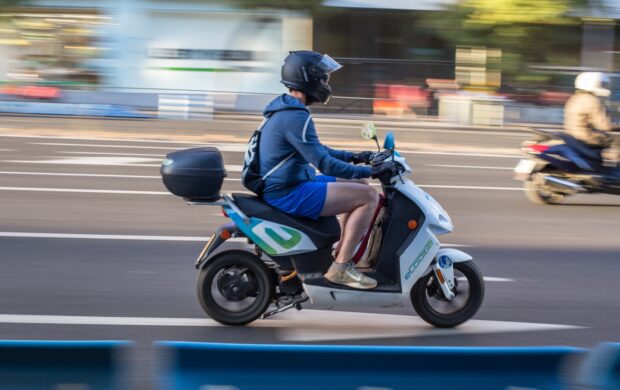In our topic hub on the future of shipping, we’re asking who the future captains of the sea will be, as robotic technology transforms the workforce.

In 2014, the US Navy acquired two high-tech exoskeletons for potential use in naval shipyards. Designed to reduce ergonomic accidents, such as overexertion and repetitive motion injuries, exoskeletons will potentially allow operators to work longer and more efficiently with reduced muscle fatigue.
At around the same time, Daewoo Shipbuilding and Marine Engineering started testing wearable robotics, outfitting staff with robot exoskeletons that allow users to walk at a normal pace and, in its prototype form, lift objects with a mass of up to 30 kilograms without strain. Leading shipyards are already renowned for automating jobs such as cutting and grinding steel, polishing and welding, and see the use of exoskeletons as a natural next step.
Image credit: Ekso Bionics / Flickr









